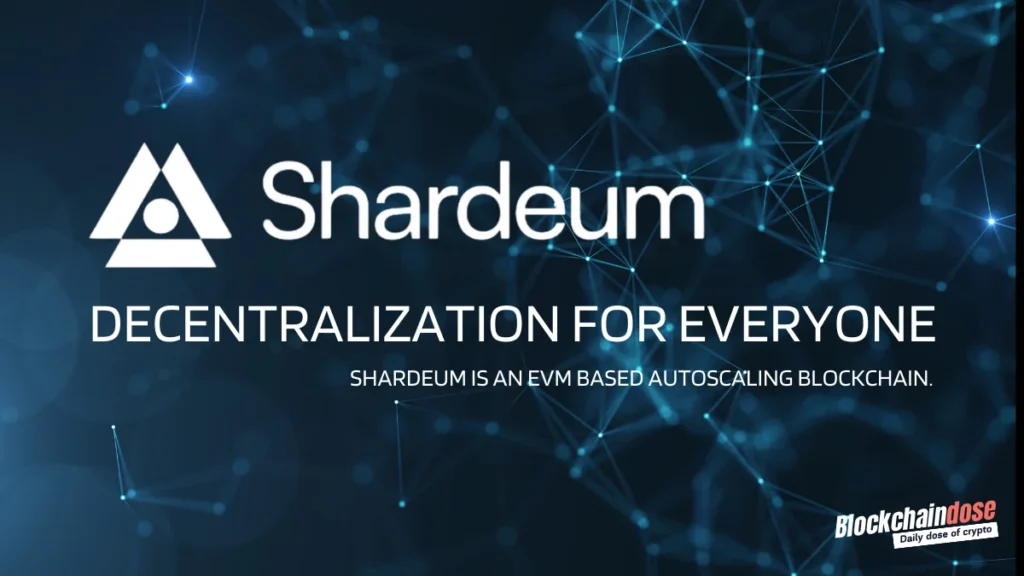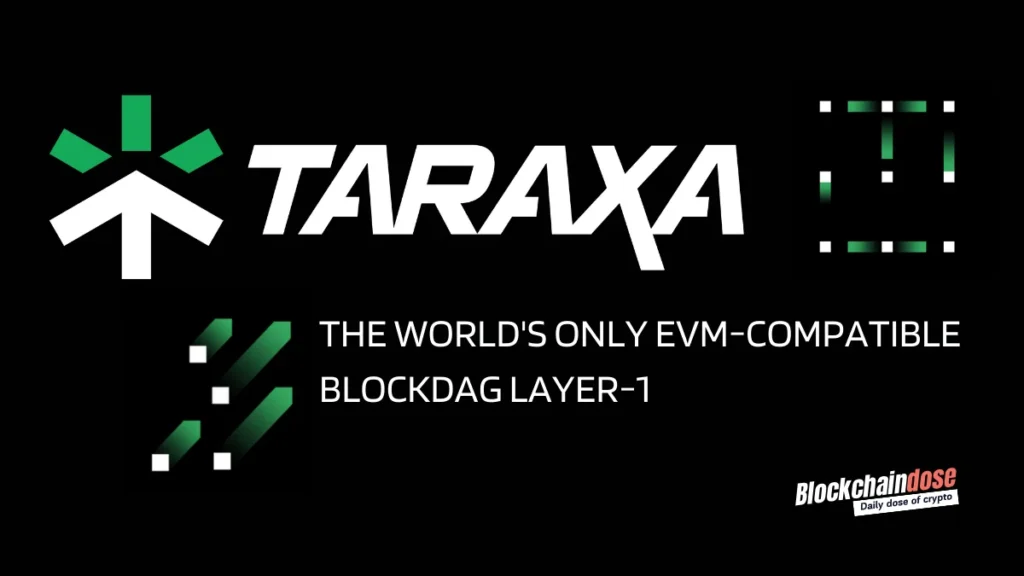NFT crypto, short for Non-Fungible Token cryptocurrency, is changing today´s digital world. But what does NFT mean? The NFT definition goes beyond simple digital assets. These unique tokens represent ownership of digital or physical items on a blockchain.
NFT Meaning: Breaking It Down
To understand what NFT stands for, let’s break it down:
- Non-Fungible: Each token is unique and can’t be exchanged on a like-for-like basis
- Token: A digital certificate of ownership stored on a blockchain
What does NFT stand for?
As mentioned above, NFTs, short for non-fungible tokens, are unique digital assets. They prove ownership or authenticity of art, music, videos, or even virtual real estate. Every NFT is different, with its unique traits.
Imagine NFTs as digital “ownership certificates” for all digital creations. They’re changing how artists sell their work, primarily online. Artists can turn digital art into NFTs on platforms like OpenSea or Rarible. This is great for artists who found it hard to make money before. And it’s not just for artists – collectors can also buy and sell these digital pieces.
You can join this growing market once you learn how to create and sell an NFT. And here’s the best part: you don’t need much money to start! Yes, really. Some platforms, like Mintable, let you make NFTs for free and only charge when you sell them. NFTs open up exciting chances for creators, collectors, and fans.
How NFT Crypto Works: A Simple Explanation
NFT crypto is more than just a buzzword. Digital scarcity ensures the uniqueness of assets. Verifiable ownership gives users confidence in their purchases, while new revenue streams allow creators to monetize their work in innovative ways. For collectors, NFTs offer a chance to own unique digital collectibles, adding value to their collections.
| Traditional Digital Assets | NFT Crypto Assets |
|---|---|
| Easily copied | Unique and scarce |
| No clear ownership | Verifiable ownership |
| Limited monetization | New revenue opportunities |
| No built-in scarcity | Programmable scarcity |
Understanding NFT meaning in practice involves a few key concepts:
- Creation (Minting): Artists create digital works and “mint” them as NFTs on a blockchain
- Smart Contracts: These govern the NFT’s properties and transfer rules
- Marketplaces: Platforms where NFTs are bought, sold, and traded.
- Wallets: Where buyers store their NFT crypto assets
This system creates a transparent, secure way to buy, sell, and own digital assets. It’s revolutionizing how we think about digital ownership, creative rights, and the value of digital goods.
Short History of NFT Crypto
The concept of non-fungible tokens can be traced back to the early days of blockchain technology. In 2012, the project “Colored Coins” on the Bitcoin blockchain introduced the idea of representing digital assets and tokens on a blockchain. However, these early attempts were limited in functionality and didn’t gain widespread adoption.
The real breakthrough for NFTs came with the launch of the Ethereum blockchain in 2015. Ethereum’s innovative contract capabilities allowed developers to create and deploy tokens with unique properties, leading to the birth of the ERC-721 token standard. ERC-721 passes are non-fungible, meaning each ticket is distinct and cannot be exchanged one-to-one like cryptocurrencies such as Bitcoin or Ethereum.
In late 2017, CryptoKitties, a blockchain-based game that allowed users to buy, sell, and breed unique digital cats, became one of the first mainstream use cases for NFTs. CryptoKitties’ success highlighted the potential of NFTs in collectibles and digital assets.
NFTs gained traction in art and collectibles, with artists and creators using them to tokenize digital artworks, music, videos, and virtual items in video games. Notable sales and collaborations, such as the $69 million sale of Beeple’s digital artwork “Everyday: The First 5000 Days” in 2021, helped bring NFTs into the mainstream.
NFT Market Overview Statistics
Impressive Growth and Potential
The NFT crypto market has seen explosive growth:
- In 2021, the global NFT market was worth about $1553.6 million
- By 2031, it’s expected to reach $14228.29 million
- The market could hit a staggering $407.7 billion by 2034
This rapid growth shows the increasing interest in NFT crypto assets.
Notable NFT Sales: Breaking Records
Some NFT sales have made headlines:
- Beeple’s “Everydays: The First 5000 Days” sold for $69 million in 2021
- “Human One,” also by Beeple, fetched $28.9 million
- CryptoPunk #7804 sold for $7.6 million

These high-value sales show the potential of NFT crypto in the art world.
Who’s Buying NFTs?
NFT crypto is attracting a diverse group of collectors:
- About 23% of millennials in the U.S. collect NFTs
- In Thailand, 30% of women collect NFTs compared to 23% of men
- However, 70% of the U.S. population still doesn’t know what an NFT is
This data suggests there’s still room for growth in NFT awareness and adoption.
Popular NFT Crypto Categories
NFTs span various categories, each with a unique appeal:
Digital Art
This category encompasses a wide range of digital creations, from one-of-a-kind artworks to limited edition pieces. It includes traditional digital paintings, 3D models, and even generative art created by algorithms. Artists can tokenize their work, providing proof of authenticity and ownership to buyers. Learn more about NFT artwork to explore this growing trend.
Collectibles
Digital collectibles have become a major part of the NFT space. These include unique avatars like CryptoPunks, digital trading cards, and tokenized versions of internet memes. Collectors can own, trade, and showcase their digital collections, often with the potential for value appreciation. Check out more on NFT collections to dive deeper into this category.
Virtual Real Estate
As metaverse platforms grow, so does the market for virtual real estate. Users can buy, sell, and develop digital land parcels, buildings, and other structures in virtual worlds. These assets can be used for social gatherings, gaming, or even virtual businesses. To understand more, explore NFT real estate.
Music and Videos
Musicians and filmmakers are using NFTs to offer exclusive content to fans. This can include limited edition tracks, albums, music videos, and even virtual concert tickets or backstage passes. NFTs provide a new way for artists to monetize their work and connect with their audience. Learn more about music NFTs.
Gaming Assets
The gaming industry has embraced NFTs, allowing players to truly own their in-game items. This includes character skins, weapons, tools, and other virtual assets that can have real-world value. Players can trade these items across different games and platforms, creating new economies within the gaming world. Read about NFT games for more details.
Sports
Sports fans can now collect digital versions of traditional memorabilia. This includes tokenized trading cards of athletes, NFTs of memorable game moments, and virtual jerseys or equipment. These digital assets offer new ways for fans to engage with their favorite sports and athletes. Explore sport NFTs to see how they are reshaping fan interaction.
Fashion and Wearables
Digital fashion is an emerging trend in the NFT world. Designers create virtual clothing, accessories, and even augmented-reality fashion items. These can be used to dress up avatars in virtual worlds or showcased as digital art pieces, blending the lines between fashion and technology.
Domain Names
Blockchain-based domain names, such as those ending in .eth, can be minted as NFTs. These serve as unique web3 identities and can be used for crypto wallets, websites, and more. They offer a decentralized alternative to traditional domain name systems.
Virtual Pets and Creatures
Digital pets and creatures, like the famous CryptoKitties, have become popular NFTs. These often include features like breeding, evolution, or AI-powered interactions. Owners can collect, nurture, and even battle their virtual pets, creating engaging and sometimes profitable experiences.
Literature and Written Works
Authors and poets are exploring NFTs as a new medium for publishing. This can include ebooks with unique covers, limited edition digital manuscripts, or tokenized poetry collections. NFTs offer writers new ways to monetize their work and provide exclusive experiences to readers.
Event Tickets and Experiences
NFTs are being used to create unique, verifiable tickets for both virtual and real-world events. This can include VIP access passes, meet-and-greet opportunities, or interactive online experiences. These NFTs can serve as both access tokens and collectible memorabilia.
Scientific and Academic NFTs
The academic world is beginning to explore NFTs for various applications. This includes tokenizing research paper first editions, creating patent NFTs, or minting digital representations of scientific discoveries. These NFTs can help with attribution, funding, and sharing of scientific knowledge.
The Future of NFT Crypto: What to Expect
As we look ahead, the NFT crypto space is set to evolve:
- Increased Utility: NFTs with real-world applications
- Improved Sustainability: More eco-friendly NFT technologies.
- Mainstream Adoption: Greater integration with traditional industries
- Enhanced Interoperability: NFTs that work across different platforms
Countries like Singapore, China, and Venezuela are leading in NFT trading, with Nigeria showing promising growth potential.
Security and Risks in NFT
While NFTs are exciting, they come with their own set of risks. Here’s what you need to know:
- Theft: Just like physical art, NFTs can be stolen. Hackers might try to break into your digital wallet and take your NFTs.
- Scams: The NFT world has its share of tricksters. Some people create fake NFTs or pretend to be famous artists. Always check if an NFT is real before buying.
- Market risks: NFT prices can change fast. An NFT worth a lot today might not be worth much tomorrow. It’s important to understand the risks before investing.
- Technical issues: Sometimes, the website showing your NFT might go down. Or, the link to your NFT’s image could break. These technical problems can affect your NFT’s value.
- Regulation uncertainties: Laws about NFTs are still new and changing. Future regulation rules could affect how NFTs are bought, sold, or taxed.
To stay safe, always use trusted NFT marketplaces. Keep your wallet information secret and use strong passwords. Before buying an NFT, research the creator and the project. Remember, in the NFT world, being careful is being smart.
Want to learn more about staying safe in the crypto world? Check out our article about NFT Security and Safety.
Conclusion: Embracing the NFT Crypto Revolution
NFT crypto is more than just a trend. It’s a new way of thinking about digital ownership and creativity. From its humble beginnings with colored coins on the Bitcoin blockchain to today’s diverse market, NFTs have come a long way.
Whether you’re an artist, collector, or curious observer, understanding what NFT means in the crypto world opens up exciting possibilities. With the market projected to reach $51.4 billion in 2024, now’s an exciting time to explore this digital frontier!
Remember, the NFT crypto space is still young. Stay informed, start small, and enjoy being part of this digital revolution!




